Once the independent kingdom of Ryukyu, Okinawa 沖縄 came under the rule of the Japanese feudal lord of Satsuma, what is now modern Kagoshima, in the 17th century. In 1879, it became the southernmost prefecture in Japan. There was an effort to eliminate the indigenous society, but even today, Okinawa retains a rich and unique culture with distinct art, food, and language.
Okinawa is actually an archipelago of several dozen small islands grouped into three main areas, the Okinawa Islands around Okinawa Island itself, the Miyako Islands, and the Yaeyama Islands. Okinawa Island itself is the largest, and is the administrative center. The subtropical climate and plentiful warm beaches and coral reefs make marine activities like snorkeling and scuba diving popular attractions, and there are many resort hotels scattered throughout the islands.
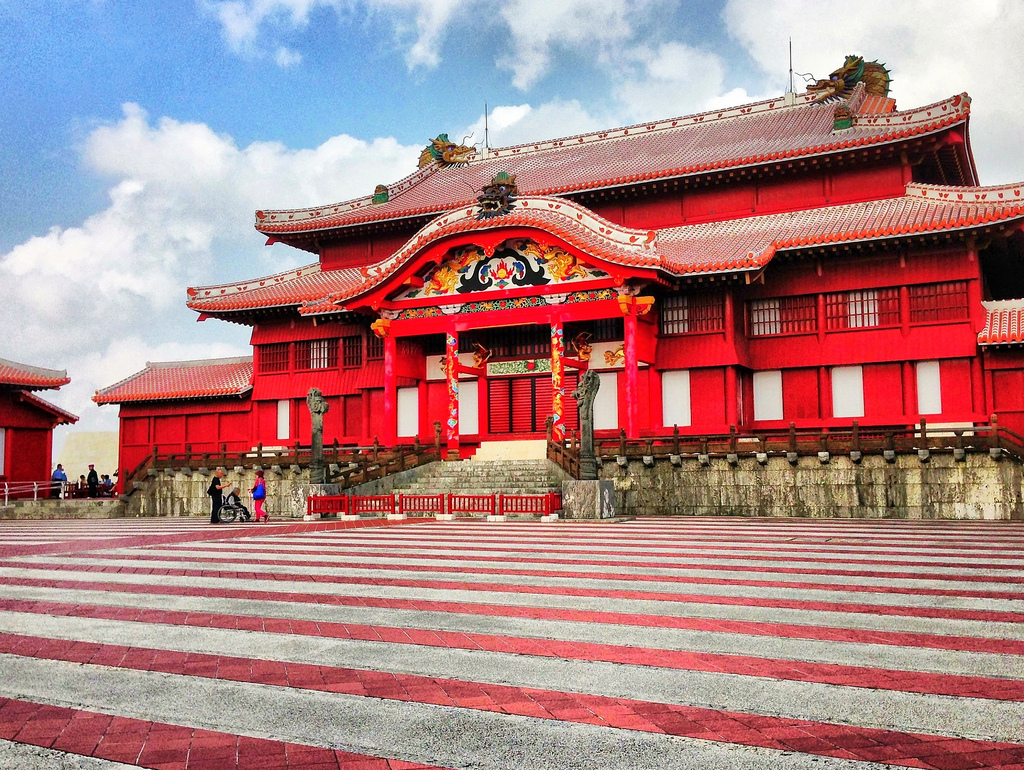
Okinawa Trip / 沖縄旅行
Typhoons are common in Okinawa, particularly from July to September, so keep an eye on the news and be aware that many activities will be canceled if there is any risk of danger.
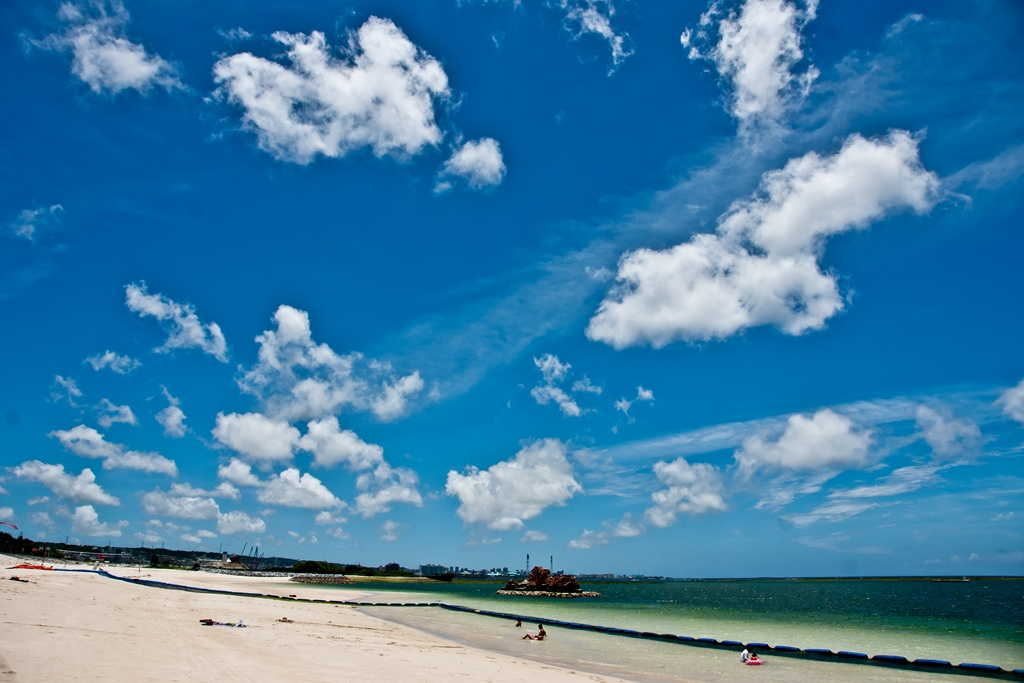
Okinawa Japan
Okinawa was the site of one of the bloodiest battles in WWII. It was placed under US administration and returned to Japan in 1972. However, there are still military bases which are very controversial, and the issue of their removal or relocation shows up frequently in the Japanese media. Their presence has also made an impact on the local culture, with American-style restaurants and groceries available.
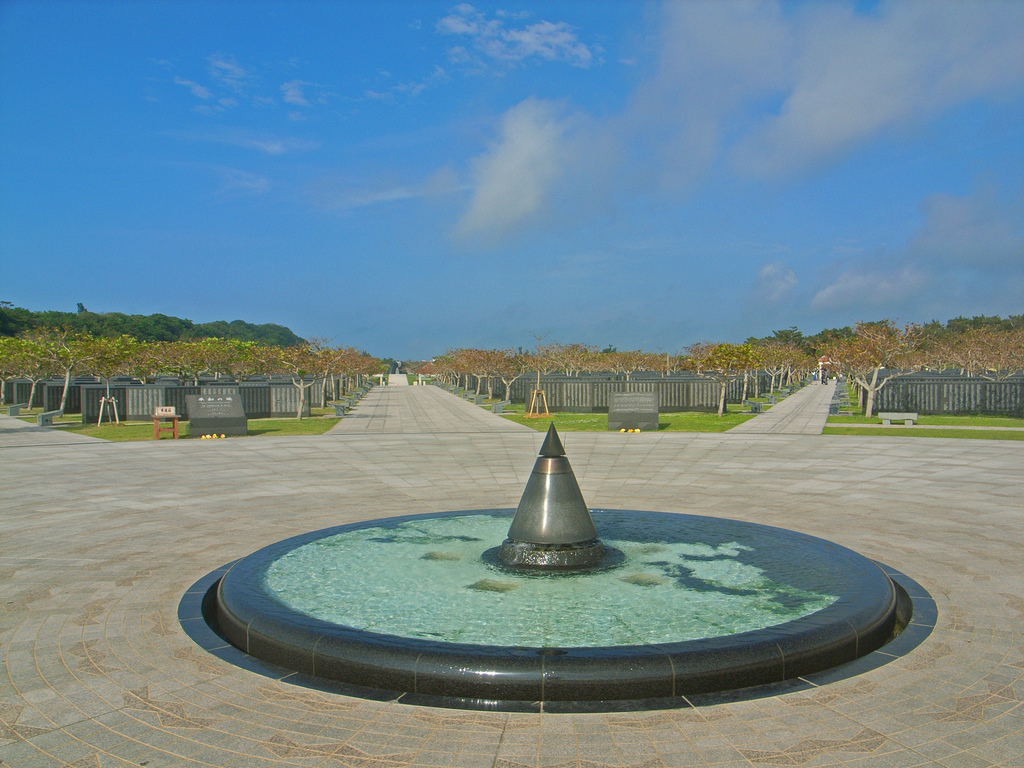
Memorial of Civilian Casualties
With the gorgeous oceans, fascinating culture, and diverse history, there is something in Okinawa for almost every tourist. It is easiest to reach the islands by airplane, but ferries are another alternative. There are many package tours to Okinawa, including specialty themes like photography, snorkeling, or island hopping.
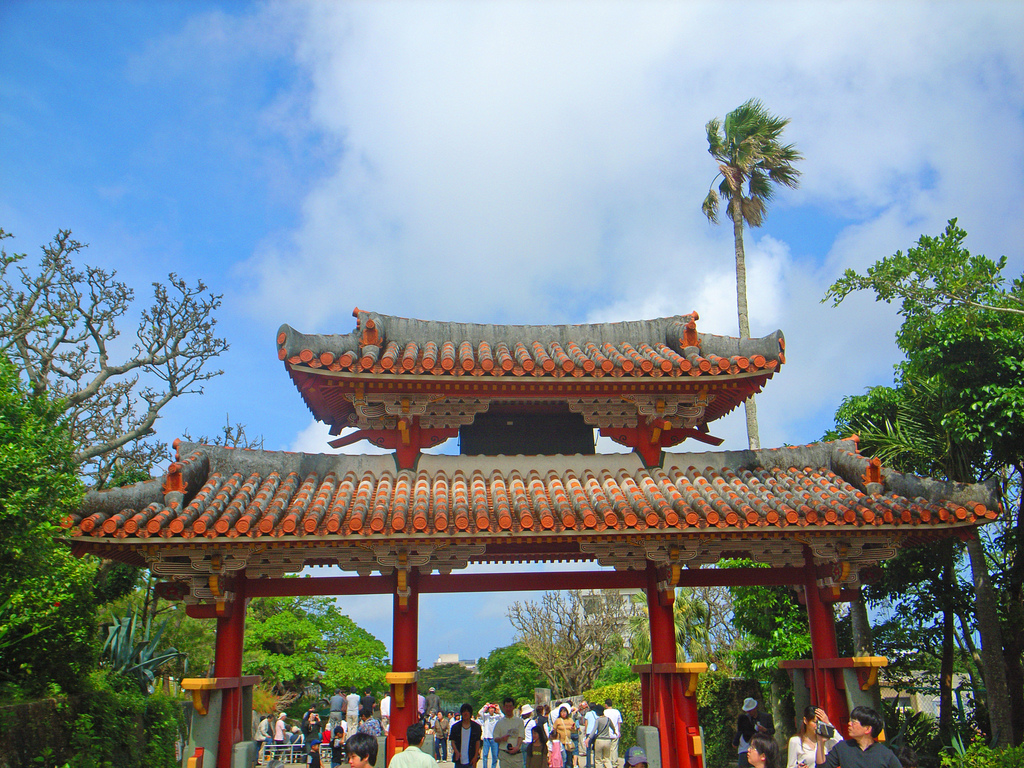
Okinawa’s Symbol
Day trip tours are a good way for travelers who do not want to rent a car to get around. A useful website is: http://okinawa-information.com/
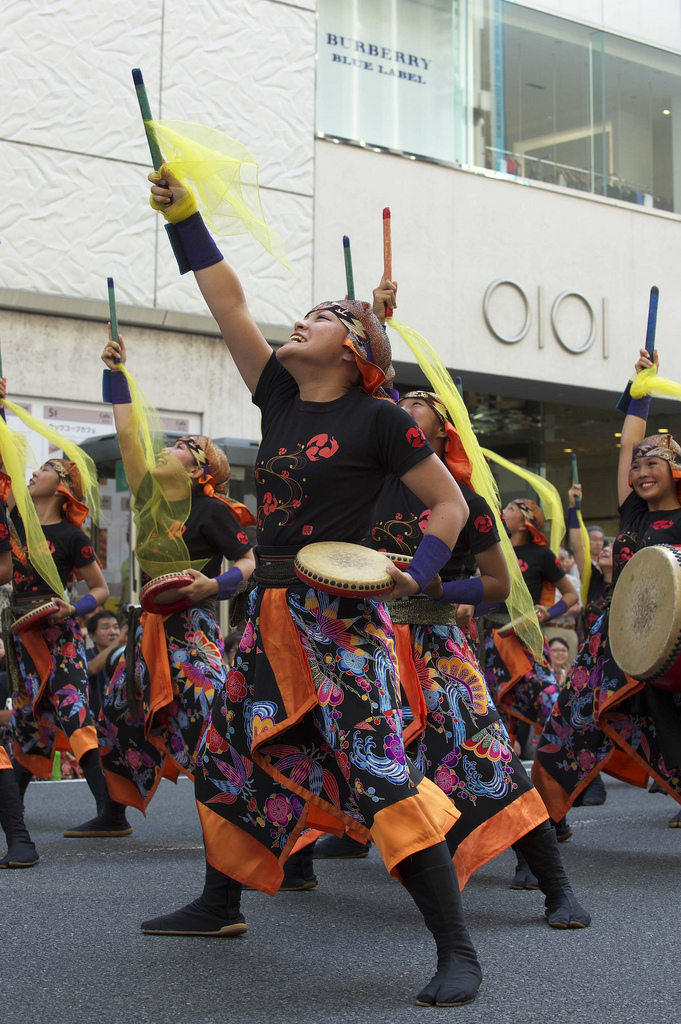
Okinawa Festival ‘Together!’
 photos by:
umezy12 &
Ricymar Photography (Thanks to all the fans!!!!),
tata_aka_T,
tata_aka_T,
dattgo
photos by:
umezy12 &
Ricymar Photography (Thanks to all the fans!!!!),
tata_aka_T,
tata_aka_T,
dattgo